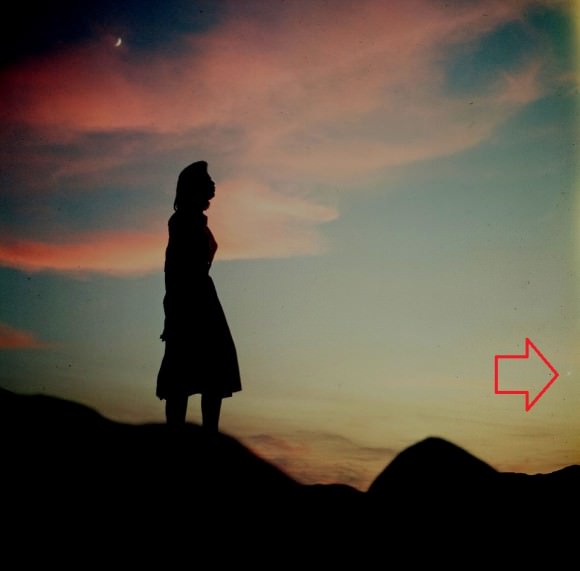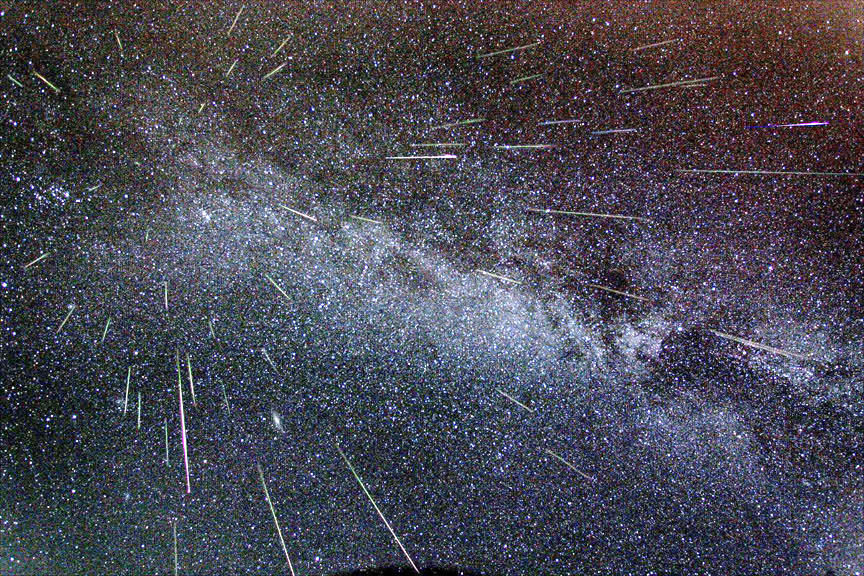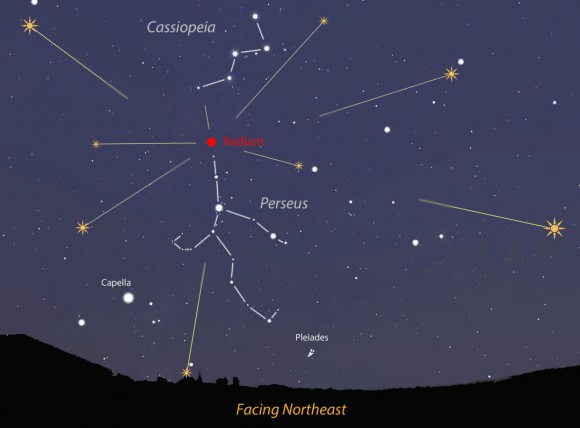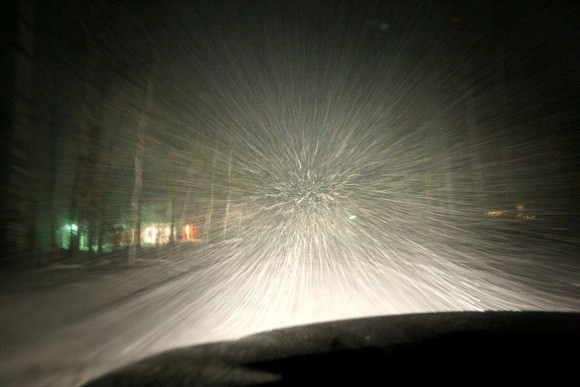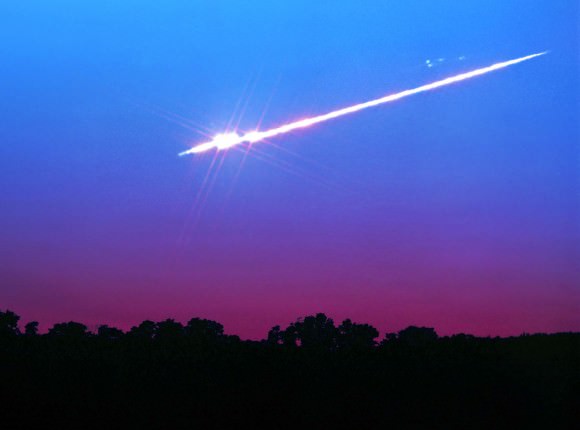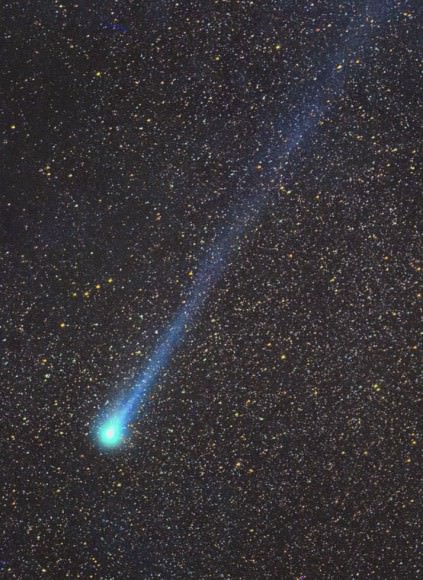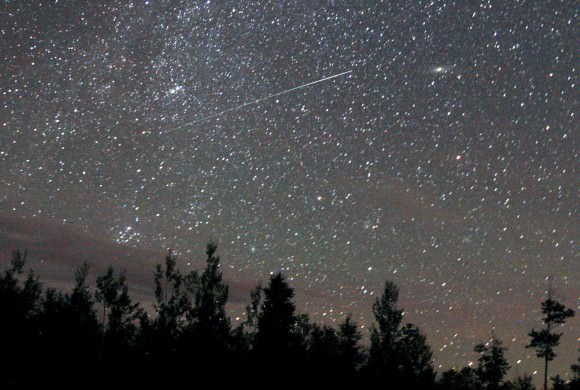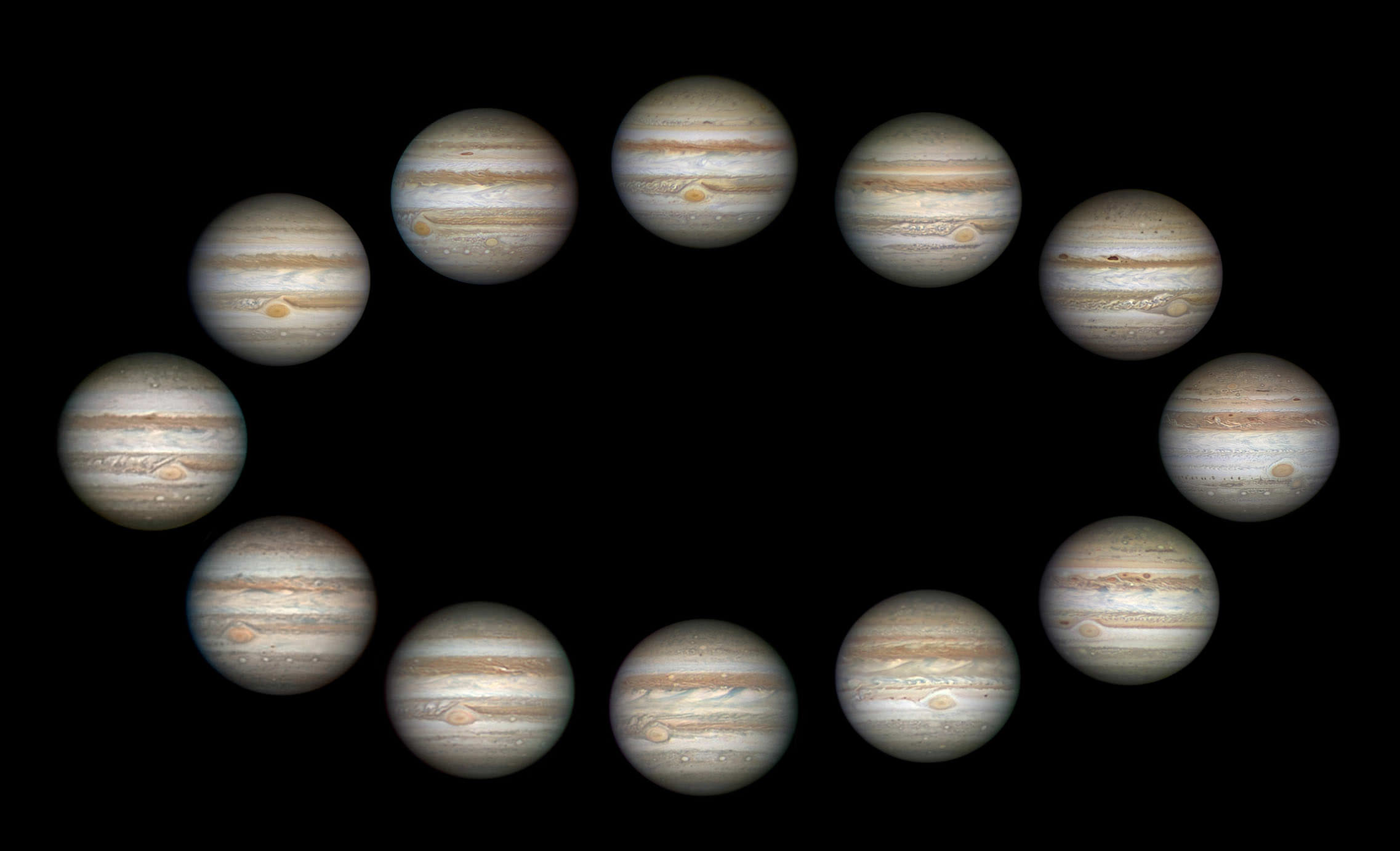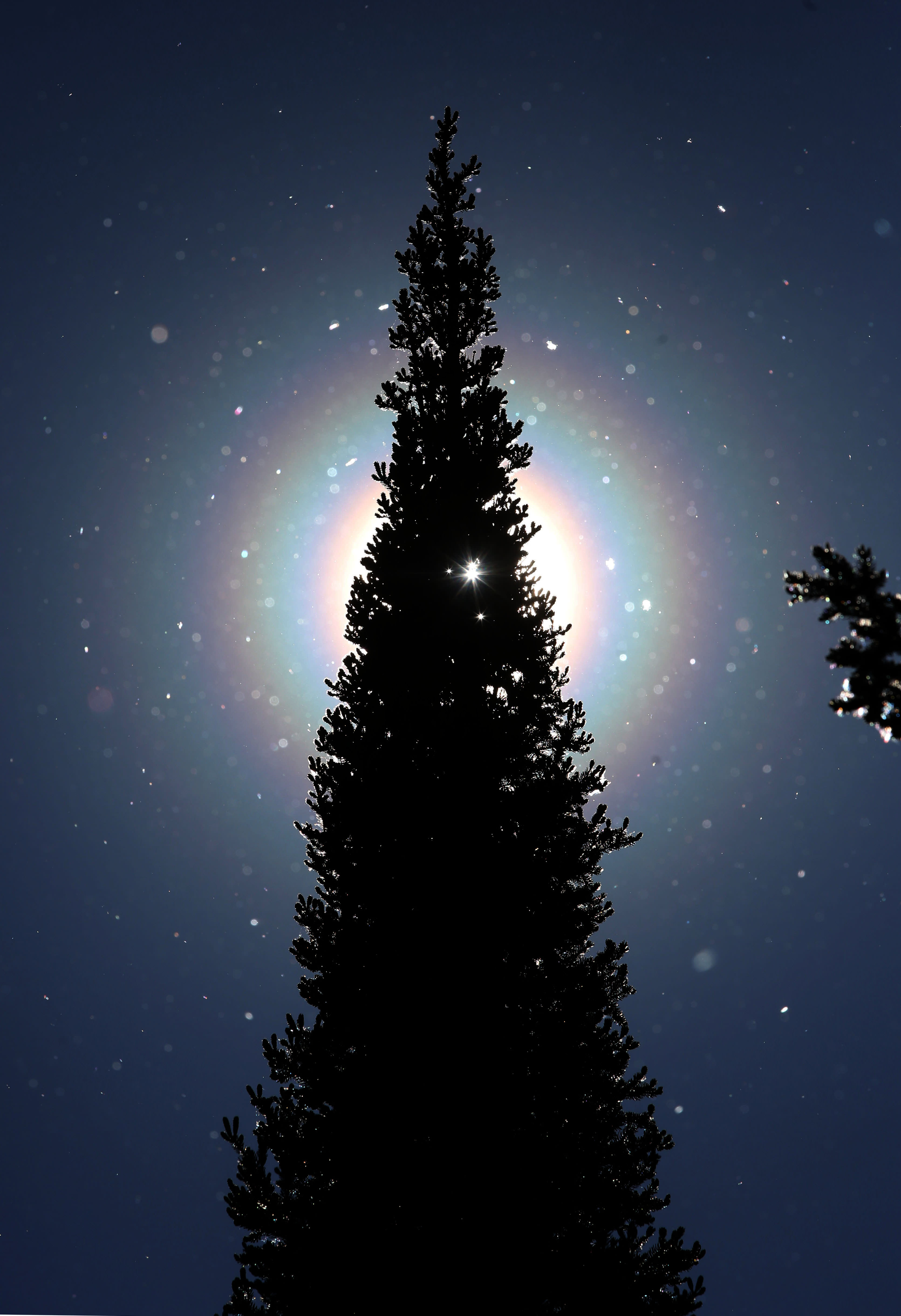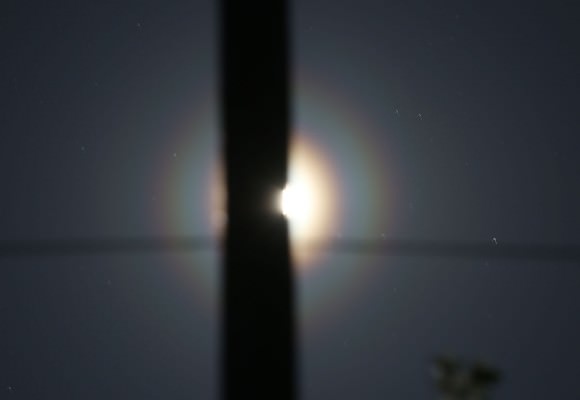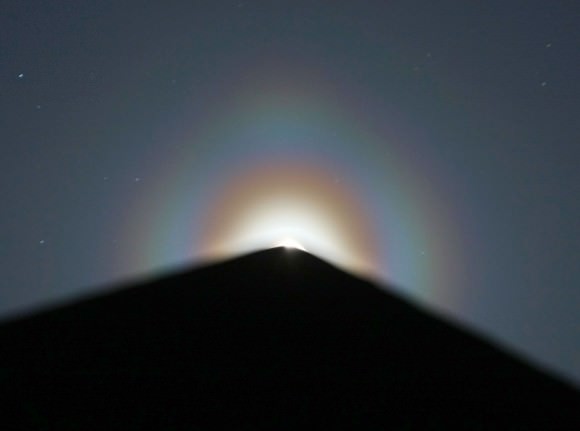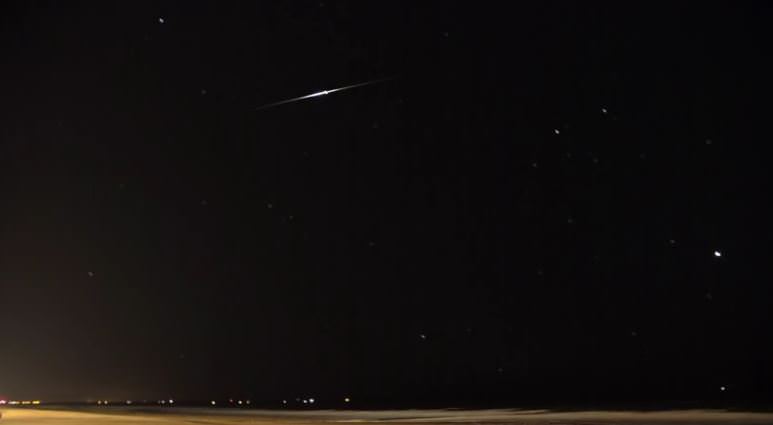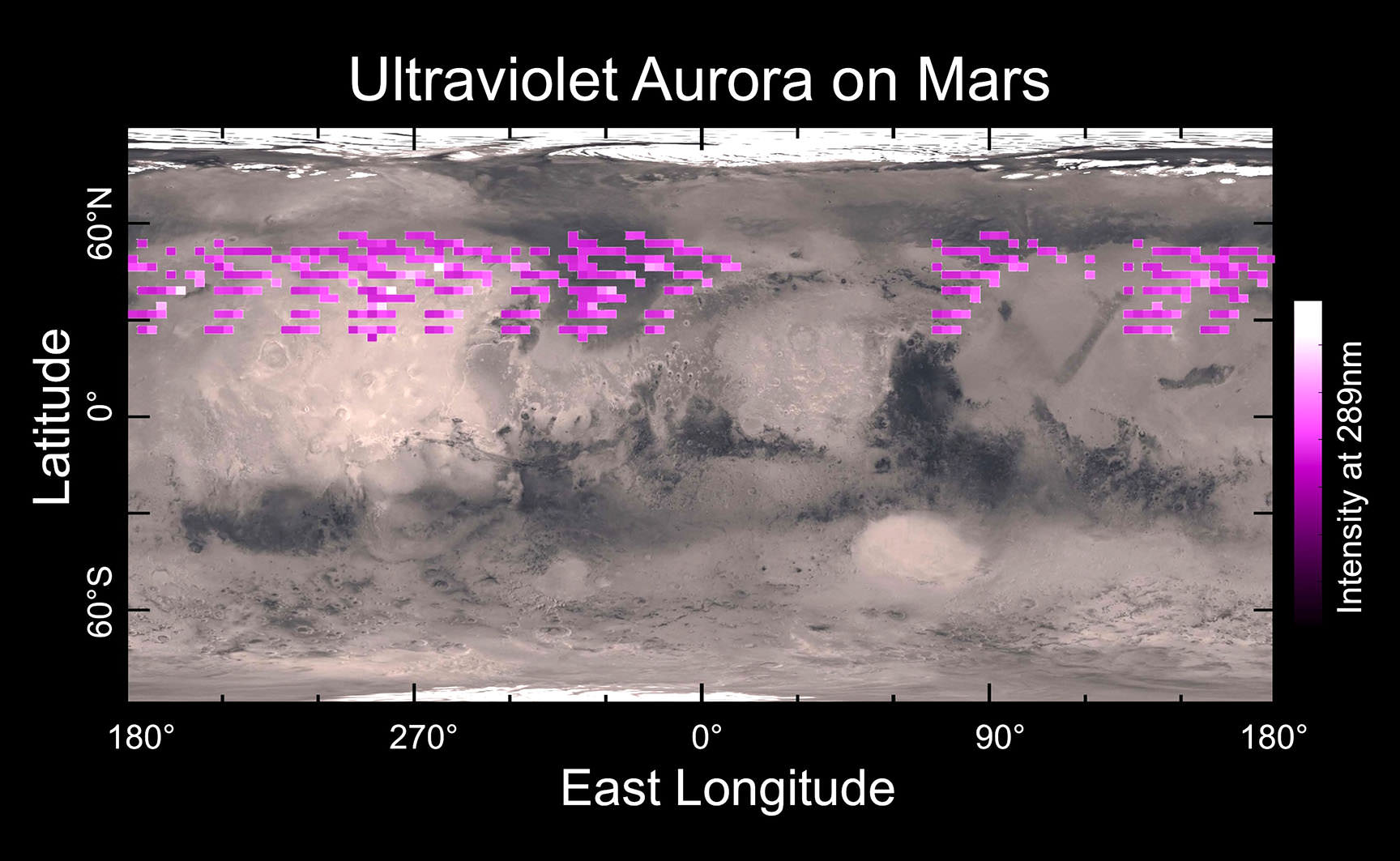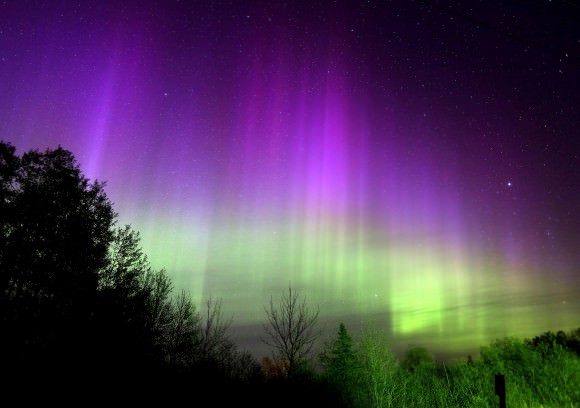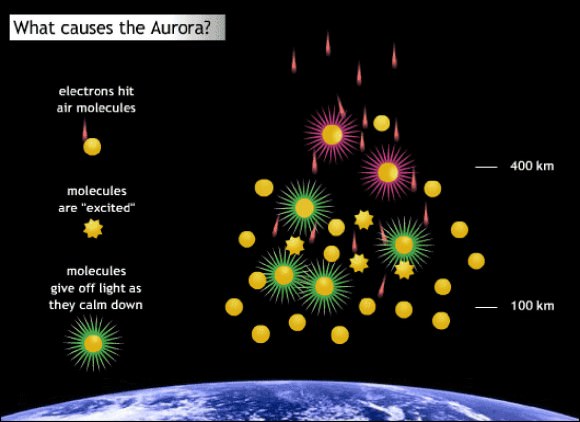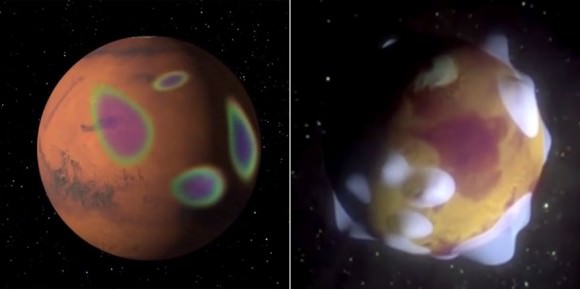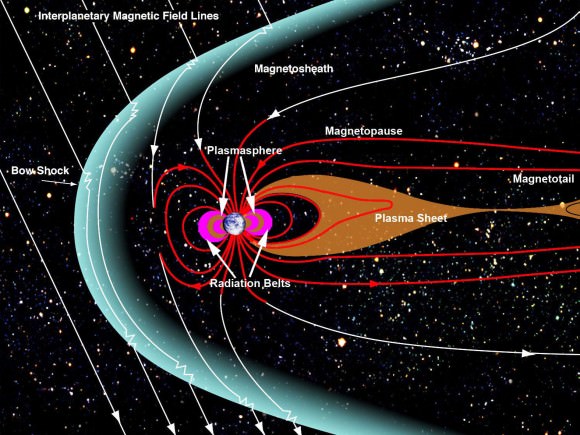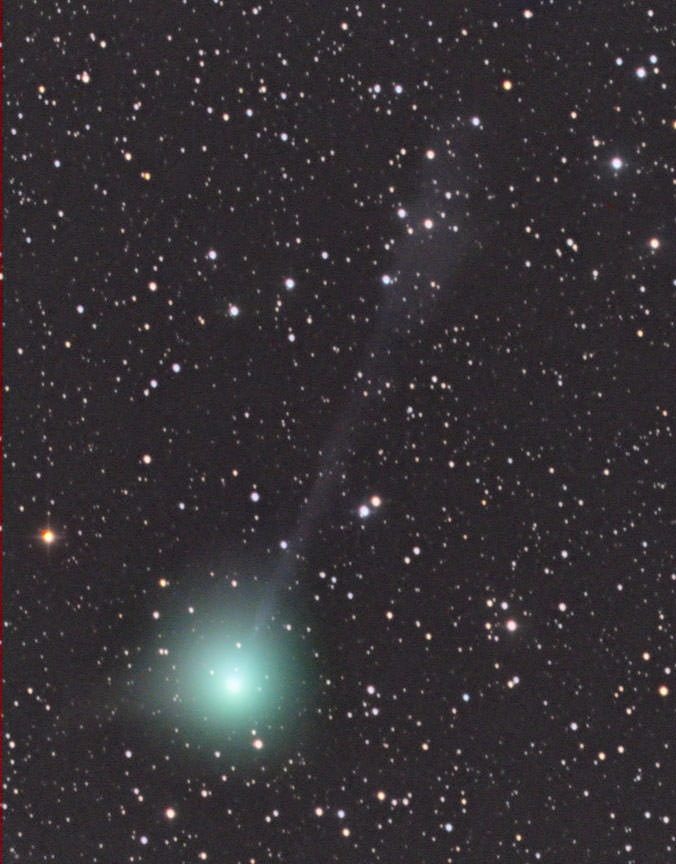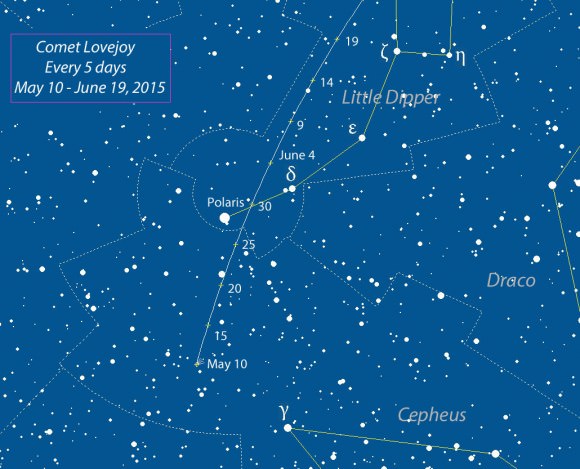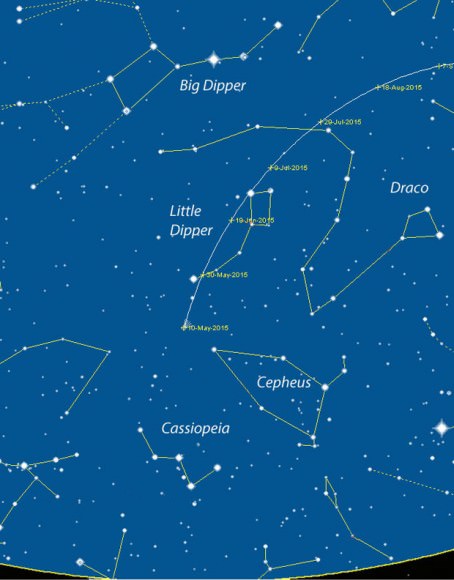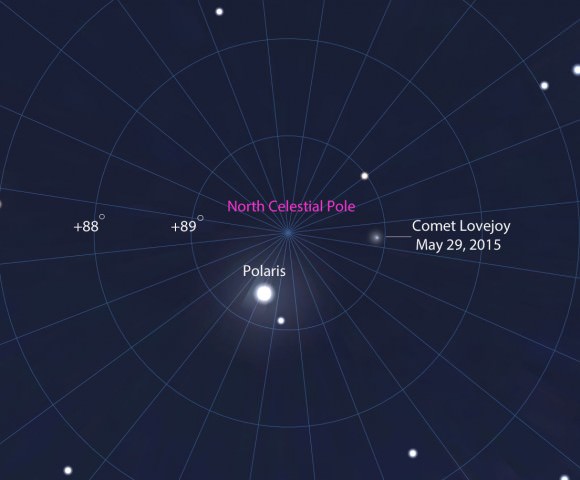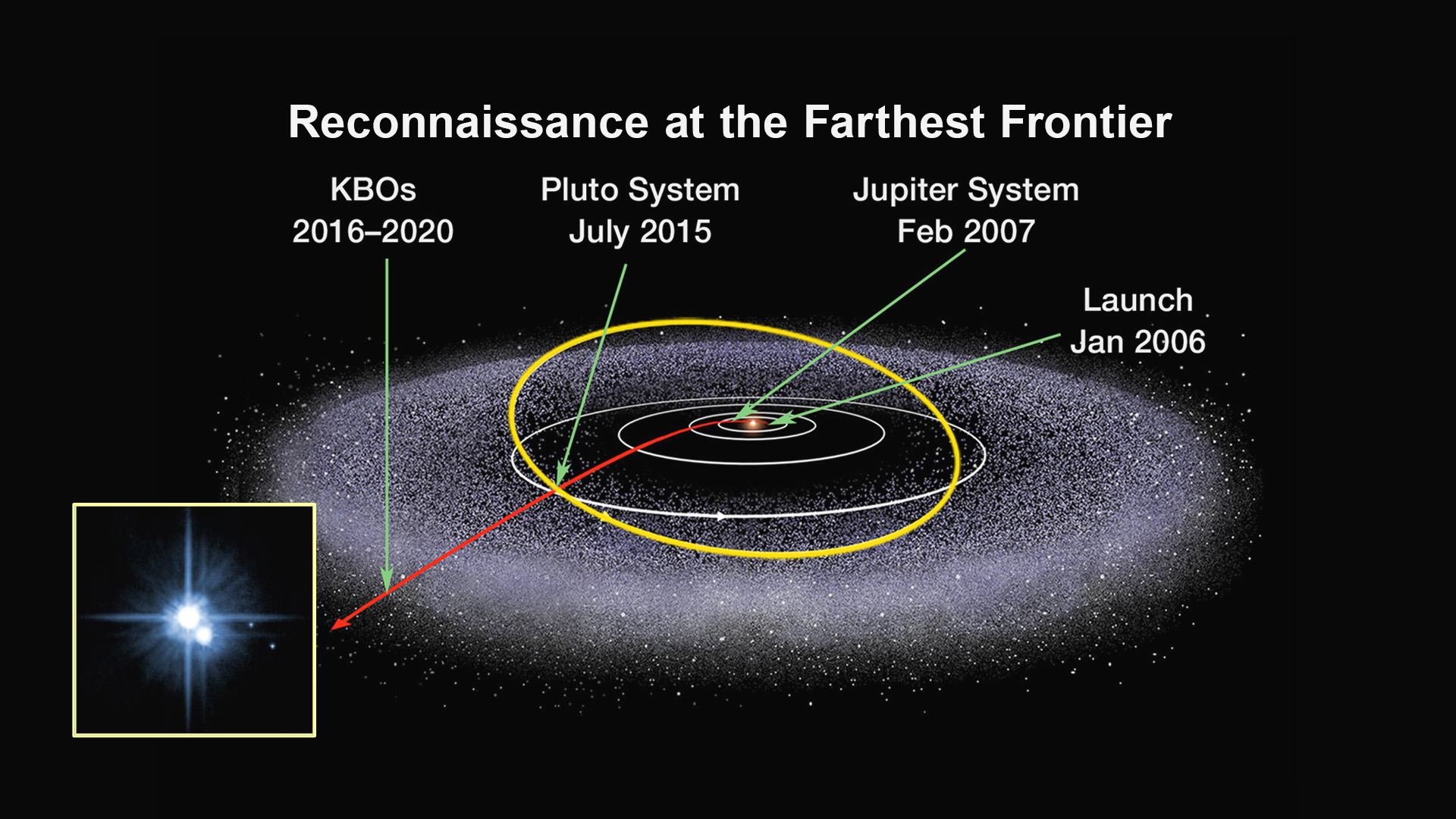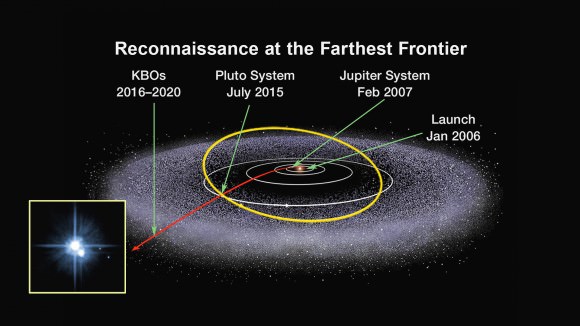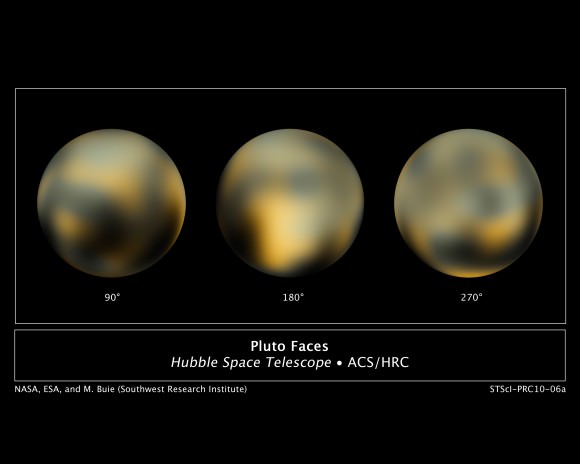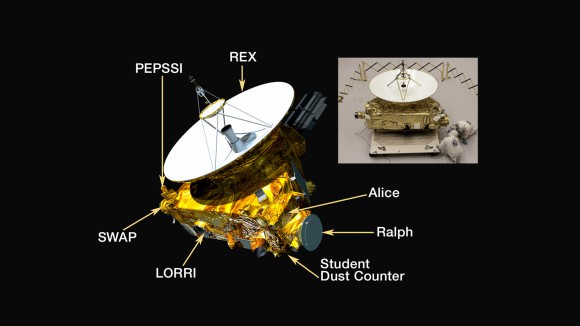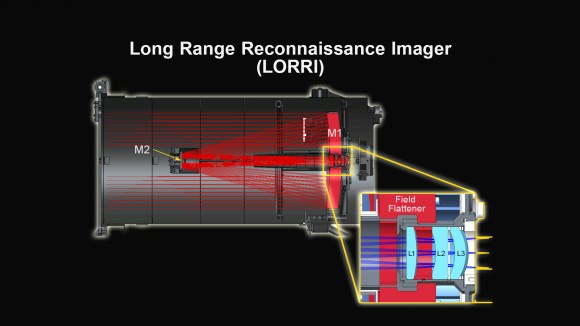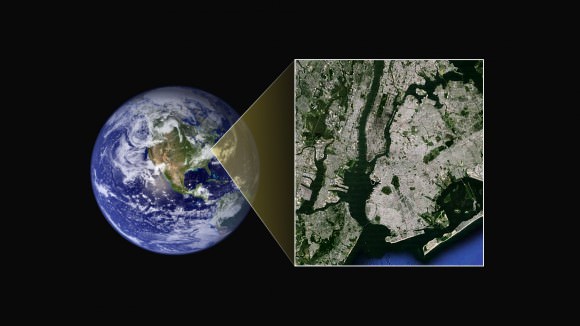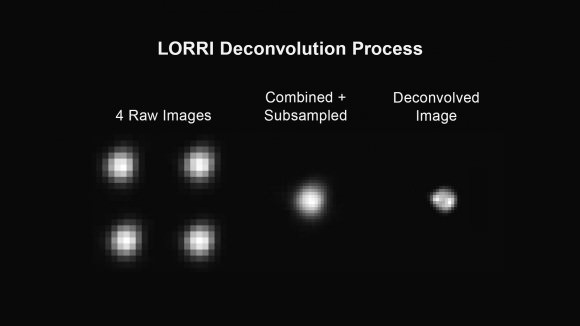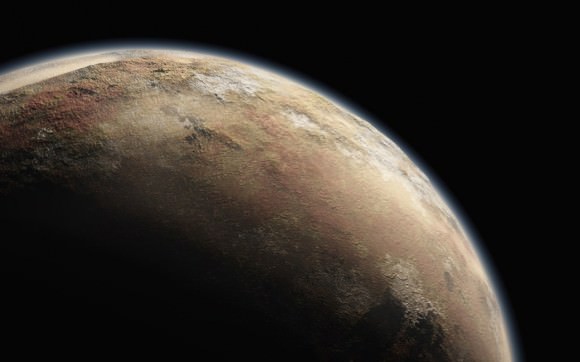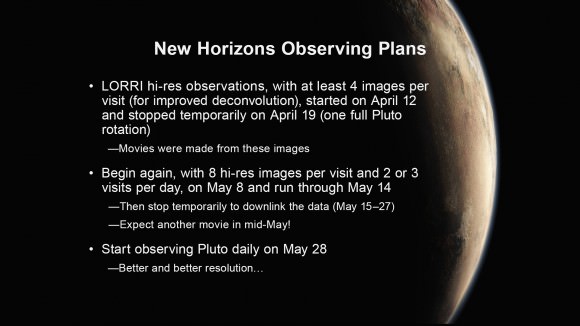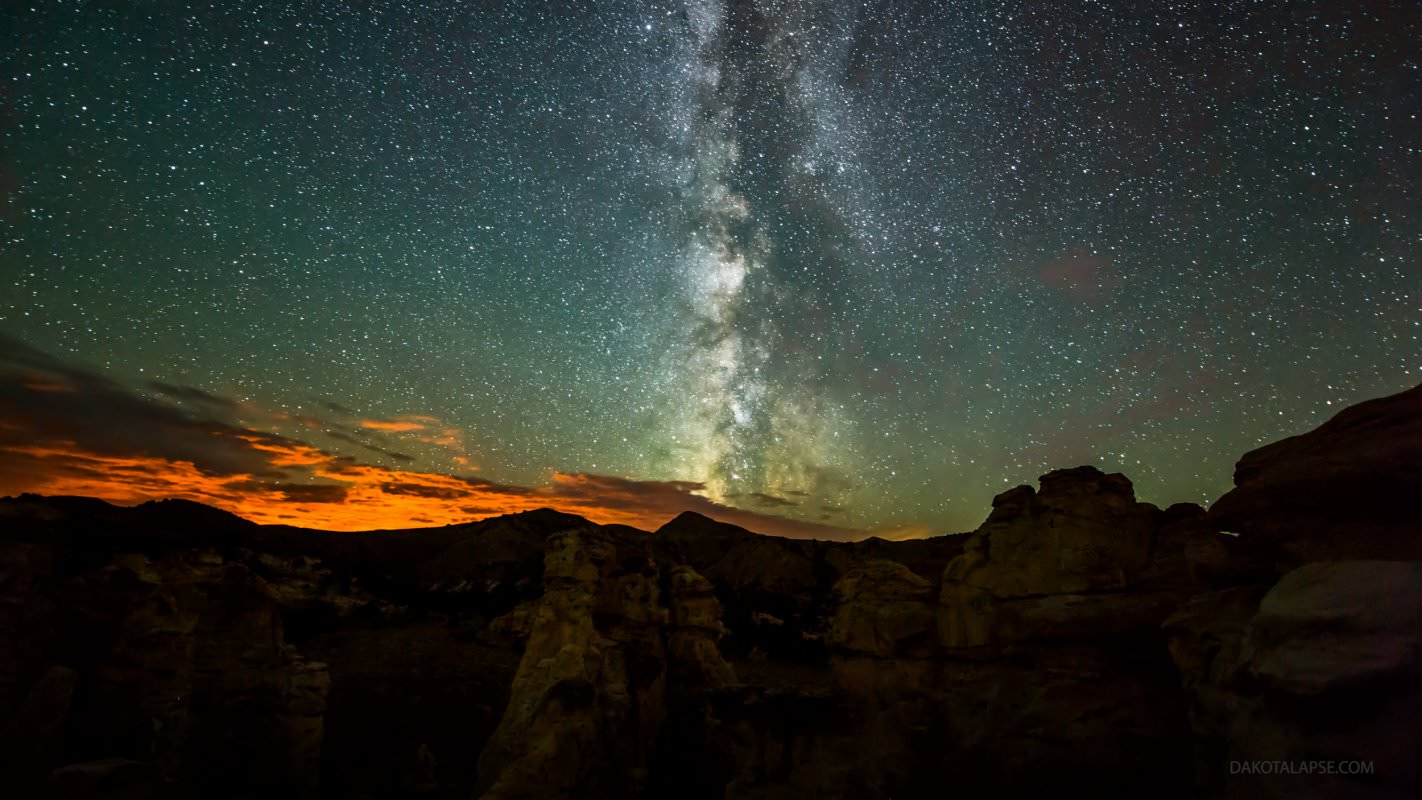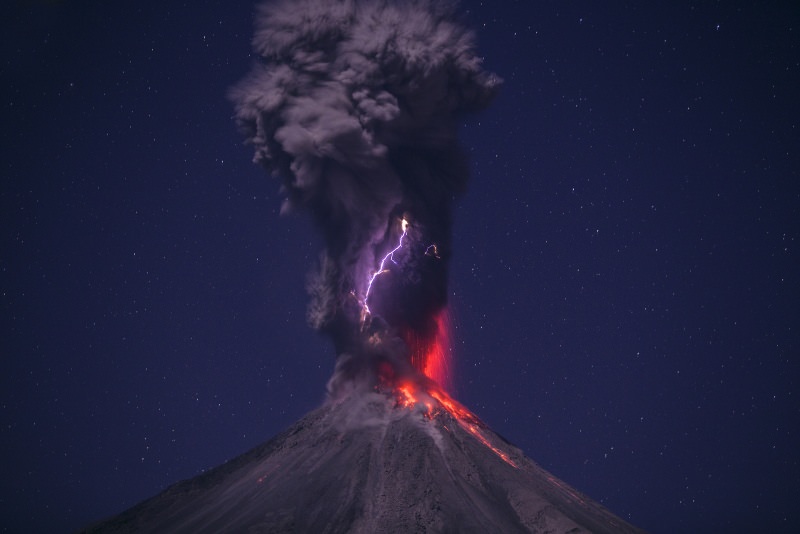A good mystery is often where you find it. Photographer Meagan Abell recently made a discovery during a thrift store expedition that not only set the internet abuzz, but also contains an interesting astronomical dimension as well. This is an instance where observational astronomy may play a key role in pinning down a date, and we’d like to put this story before the Universe Today community for further insight and consideration.
Meagan first discovered the set of four medium format negatives at a thrift store on Hull Street in Richmond, Virginia. Beyond that, they have no provenance. Meagan was amazed at what see saw when she scanned in the negatives: the images of a woman walking into the surf have an ethereal beauty all their own. Obviously the work of a skilled photographer, the photos appear to date from the late 1940s or 1950s.
Meagan turned to social media for help, and cyber-sleuths responded in a big way. #FindTheGirlsOnTheNegatives became a viral hit, but thus far, who the women in the images are and the story behind them remains a mystery.
We do know one tantalizing bit of information: several Facebook users have pinned down the location as Dockweiler Beach, California near Los Angeles International Airport. Keen-eyed observers noted the similarity of the outline of the distant hills seen to the north in one of the images.

A few things caught our eye upon reading the mystery of the girls in the negatives this past weekend. One shot clearly shows the notch of the Sun just below the twilight horizon. A second, even more intriguing image shows a tiny sliver of Moon just to the subject’s upper left.

Could a date, or set of dates, be estimated based on these factors alone?
Let’s slip into astro-detective mode now. A few things are obvious right off the bat. First, the Moon is a waxing crescent, meaning the shots would have to be set in the evening. This also lends credence to the ocean being the Pacific, because the sunset is occurring over water. The similarity in cloud formations across all of the images seen also strongly suggests the photographer took all of the pictures on the same evening, during one session.
Can that crescent Moon tell us anything? It’s tiny and indistinct, but we have a few things to go on. The Moon looks to be a 5-6 day old waxing crescent about 30-40% illuminated. Not all waxing crescent Moons are created equal, as the ‘horns of the Moon’ can point in various directions based on the angle of the ecliptic to the local horizon at different times of the year.
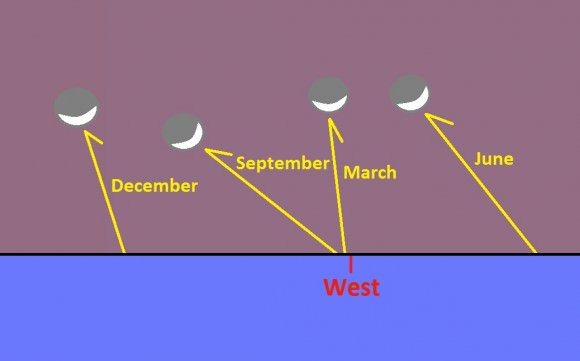
The horns of the Moon appear to be oriented about 35 degrees from horizontal. Assuming the subject in the red dress is elevated slightly and about 20 feet from the observer, the Moon would be about 25-30 degrees above the horizon in the shot.
Now, Dockweiler Beach is located at latitude 33 degrees 55’ 20” north, longitude 118 degrees 26’ 3” west. The beach itself faces a perpendicular azimuth of 240 degrees out to sea, or roughly WSW.
Already, we can rule out winter and spring, because of the unfavorable angle of the dusk ecliptic. We want a time of year with A) a shallow southward ecliptic and B) a sunset roughly due west.
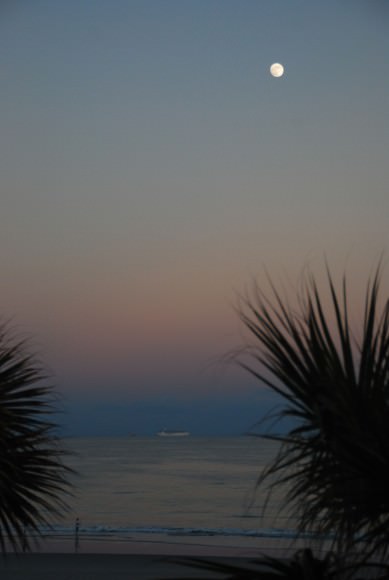
Turns out, late July through early October fit these ideal conditions for the location.
Can we narrow this even further? Well, here’s one possibility. Remember, this next step is what gumshoe PIs call a ‘hunch’…
The motion of the Moon is a wonderfully complicated affair. The path of the Moon is inclined about five degrees relative to the ecliptic, meaning that the Moon can ride anywhere from declination 28 degrees south, to 28 degrees north. From latitude 34 degrees north, this puts the mid-July ecliptic at about 33 degrees elevation across the meridian at sunset.
The nodal points where the path of the Moon crosses the ecliptic also precess slowly around the celestial sphere. This motion completes one revolution every 18.6 years, meaning that the Moon reaches those maximum declination values (sometimes referred to as a ‘long nights’ or the Major Lunar Standstill of the Moon) just under once every 19 years.
This occurred last in 2006, and will occur next in 2025. Incidentally, we’re at a shallow mid-point (known as a Minor Lunar Standstill) between the two dates this coming Fall.

This also puts the late summer 1st quarter Moon as far south ‘in the weeds’ as possible. Extrapolating back in time, this sort of wide-ranging Moon occurred around 1949. Looking at the celestial scene in Stellarium, three dates nail the horn angle and elevation of the Moon seen in the photograph pretty closely around this time:
-August 11th, 1948
-August 29th, 1949
-August 19th, 1950
Of course, this is just a hunch. Perhaps the subject was standing on a westward facing spit of rocks. Or maybe the photographer was closer or farther away than estimated. Or maybe the negative was inverted left to right along the way… that’s why I’d like to invite, you, the astute sky watcher, to weigh in.
And even if we pinned down the date, the mystery remains. Who are the girls in the negatives? What became of the photo shoot? And how did the negatives end up in a thrift store in Virginia?
Read another astronomical mystery sleuthed out by Dave Dickinson, with The Downing of Spirit ‘03: Did the Moon Play a Role?
Update: an sharp-eyed reader noticed that if you boost the contrast, you can see an additional ‘speck’ in the Moon image (see comment discussion below):
Update: Meagan responds: “The object along the horizon in the crescent Moon image is actually just a transparency defect.” A second image from the same strip does not show the white speck (arrowed above) near the horizon.


